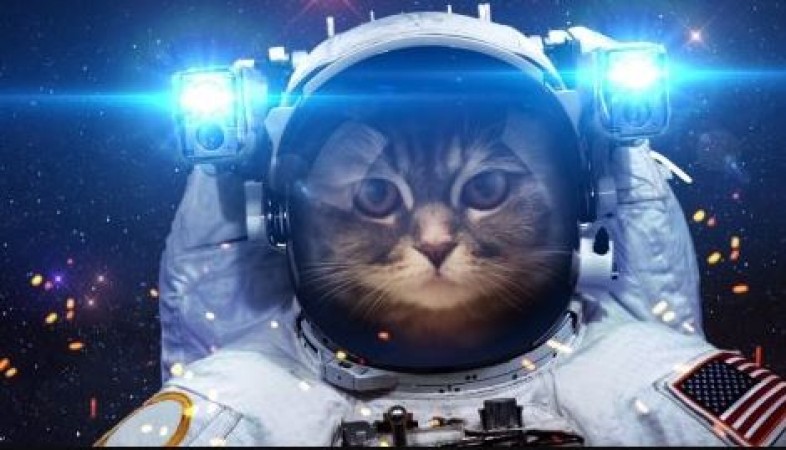
In recent years, artificial intelligence (AI) has made significant strides in transforming various industries, including the realm of art. AI-generated art, a fascinating blend of technology and creativity, has become an emerging field that captivates both artists and art enthusiasts alike. This article delves into the world of AI-generated art, shedding light on how machine learning algorithms are used to create unique masterpieces and what implications this has for the future of artistic expression.
The Intersection of AI and Creativity
AI-generated art presents a novel approach to creativity, where machines collaborate with human artists to produce innovative works. Instead of replacing human creativity, AI serves as a powerful tool to augment and inspire artists, offering them new perspectives and creative possibilities. This symbiotic relationship between AI and human creativity has given rise to mesmerizing artworks across different genres, including visual arts, music, literature, and even fashion.
One remarkable example of AI-generated art is the "Portrait of Edmond de Belamy," an artwork created by the Paris-based collective Obvious. The piece, auctioned at Christie's in 2018, drew significant attention to the potential of AI in the art world.
Understanding Machine Learning in Art
At the core of AI-generated art lies machine learning algorithms. These algorithms learn from vast datasets of existing artworks to identify patterns, styles, and artistic techniques. They use this knowledge to generate new art pieces that reflect the characteristics of the data they were trained on.
The benefits of AI in art creation are manifold. AI can speed up the creative process, produce variations of a concept quickly, and offer fresh perspectives that human artists might not have considered. However, challenges such as the "black box" nature of some AI algorithms, where their decision-making process is not fully transparent, raise concerns about the loss of control over the artistic outcome.
Exploring the Evolution of AI-Generated Art
The roots of AI-generated art can be traced back to the 1960s when computer-generated art experiments began to take shape. However, significant advancements occurred in the 21st century with the advent of deep learning and neural networks. These breakthroughs enabled AI to create art that demonstrated a level of complexity and creativity previously thought to be exclusive to humans.
For instance, Google's DeepDream algorithm produces hallucinatory, dream-like images by interpreting and enhancing patterns in existing pictures. Another notable milestone is the creation of "The Next Rembrandt," where AI learned Rembrandt's style and produced an original painting resembling the master's work.
AI as a Tool for Artists
Many artists today embrace AI as a valuable tool in their creative process. For example, AI-powered software can generate music compositions based on an artist's style or provide suggestions for visual elements in a painting. This collaboration between human artists and AI enables them to push the boundaries of creativity and produce art that combines the best of both worlds.
The acclaimed artist Refik Anadol is renowned for his AI-augmented art installations that merge data, architecture, and light to create mesmerizing experiences. His work exemplifies how AI can expand an artist's palette and foster groundbreaking artistic endeavors.
The Impact of AI-Generated Art on the Art World
As AI-generated art gains recognition, it has sparked debates within the art community. Some argue that AI-generated art lacks the emotional depth and intentionality that human-created art possesses. Others contend that the fusion of human creativity and AI's computational power results in entirely new art forms that challenge traditional notions of creativity.
Nonetheless, AI-generated art has carved out a niche for itself in the art market, with collectors and galleries showcasing AI-generated pieces alongside traditional art. This blurring of boundaries between AI and human-made art has compelled art critics and connoisseurs to rethink their perspectives on creativity and artistic authorship.
Ethical Considerations in AI Art
The rise of AI-generated art has raised ethical questions surrounding authorship and ownership. Who should be credited as the creator of an AI-generated artwork—the human artist, the programmer who developed the algorithm, or the AI itself? Ensuring fair attribution and protecting artists' rights in this evolving landscape is a pressing concern that requires thoughtful examination.
Moreover, AI algorithms are susceptible to biases present in the data used for training. This raises concerns about the perpetuation of stereotypes or discriminatory content in AI-generated art. As AI becomes more intertwined with the art world, addressing these ethical considerations becomes essential to ensure responsible and inclusive artistic expression.
The Future of AI-Generated Art
As AI technology continues to advance, the future of AI-generated art appears both promising and enigmatic. Some predict that AI will become an indispensable tool for artists, influencing various aspects of the creative process. Collaborations between AI and human artists are likely to thrive, leading to extraordinary and unconventional artistic expressions.
However, uncertainties loom over the potential implications of AI-generated art on the traditional art market. As AI-created pieces gain prominence, it may challenge the established art market dynamics, leading to transformative shifts in how art is produced, valued, and consumed.
AI-generated art represents a captivating fusion of human creativity and technological prowess. Rather than replacing artists, AI serves as a catalyst for imagination, offering new avenues for artistic exploration and expression. As the art world continues to embrace AI-generated art, it is crucial for stakeholders to navigate the ethical considerations and appreciate the evolving landscape of creativity that AI brings.
The Rise of Smart Cities: Urban Planning and IoT Integration
TikTok Debuts Music Streaming Service in Australia, Mexico, and Singapore